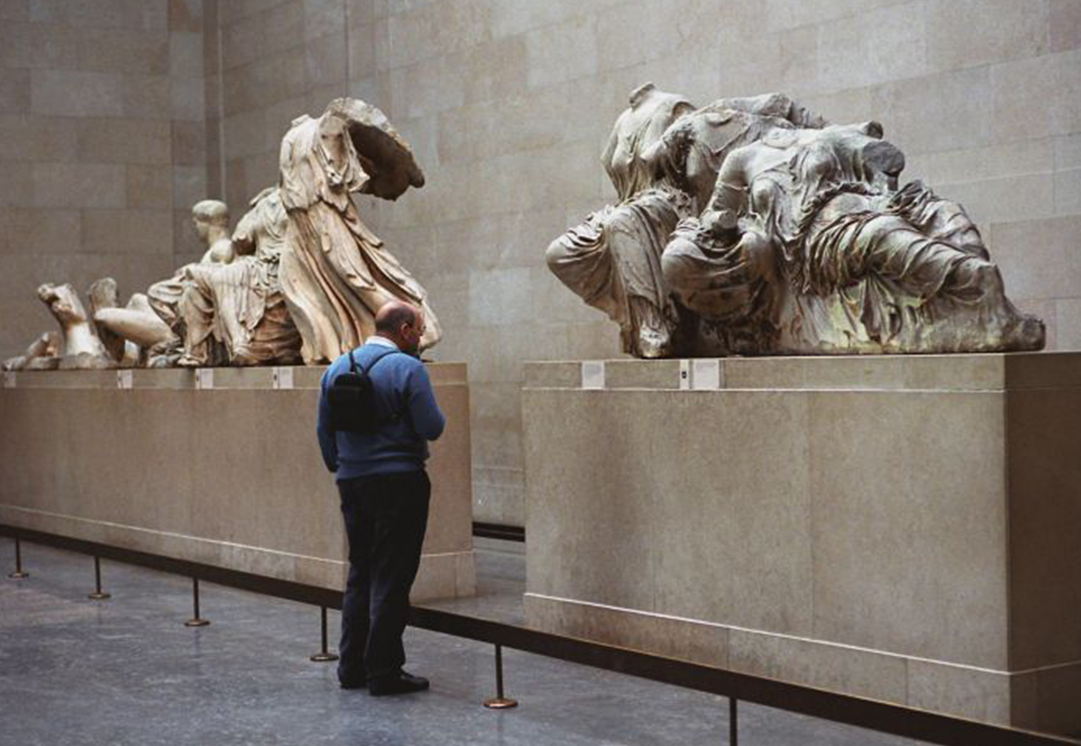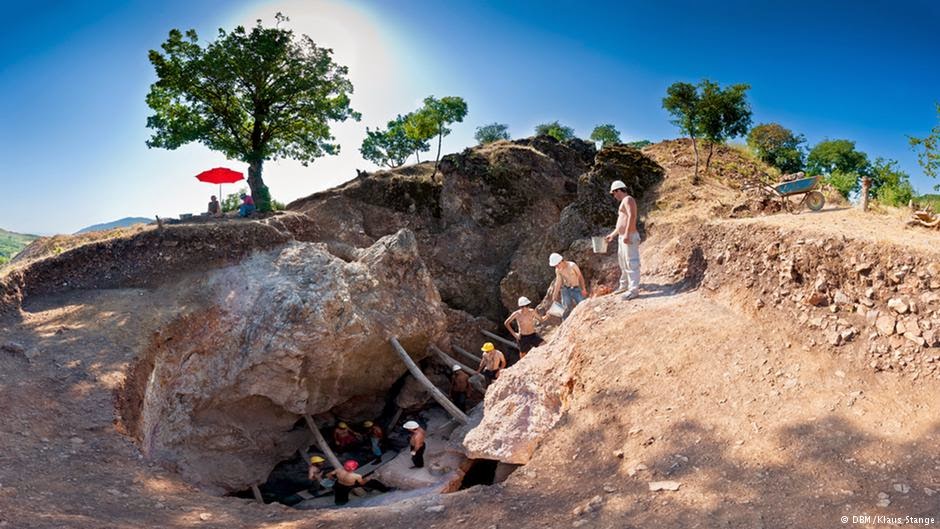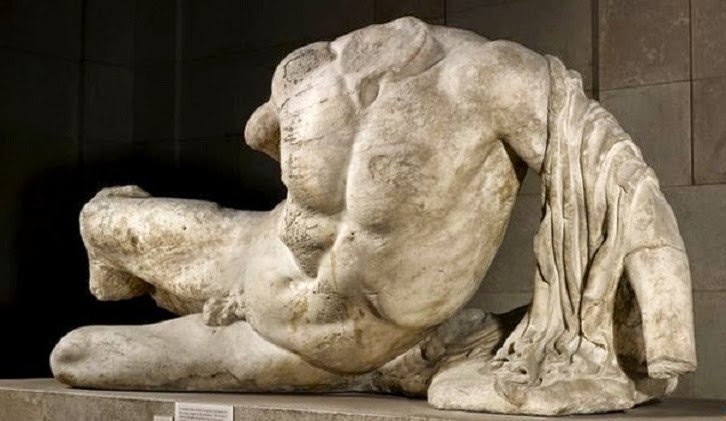Merry Wanderer of the Night [Search results for monument]
North America: Vandalism found in Petroglyph National Monument

Rising of the New Moon
India: Pollution turning the Taj Mahal yellow

Southern Europe: Roman amphitheatre to be used as tennis court

UK: Call for Stonehenge access ban to prevent damage

Italy: US tourists face charges for damaging Colosseum

Southern Europe: Britain urged to begin talks on Parthenon marbles

Georgia: Ancient Georgian site pits locals against big business

Park of the United Nations
Natural Heritage: The 're-wilding' of Angkor Wat

Southern Europe: British MP urges return of Parthenon marbles to Greece

Italy: Verona's amphitheatre to be restored

The Pageturners Hit D.C!


